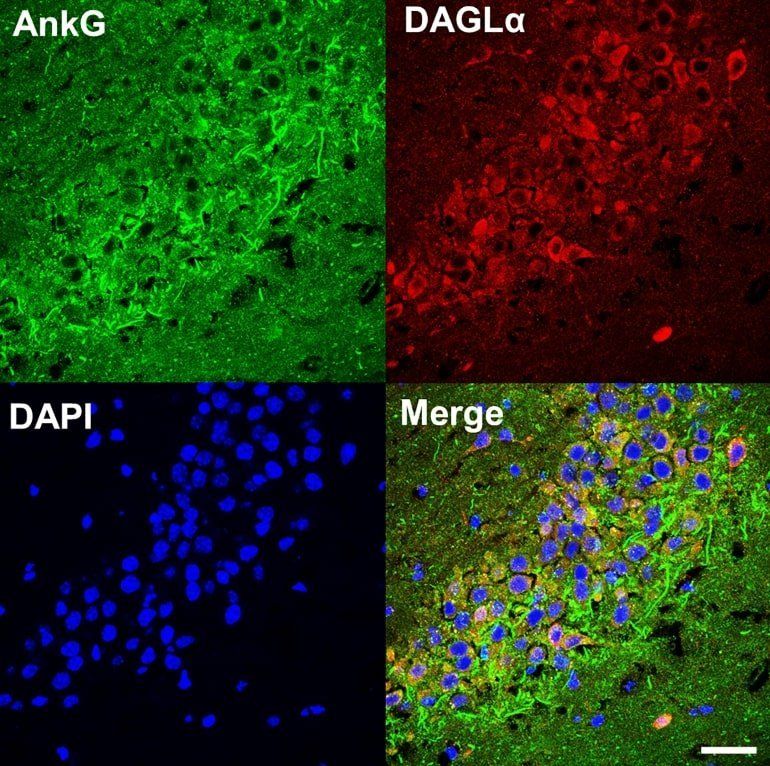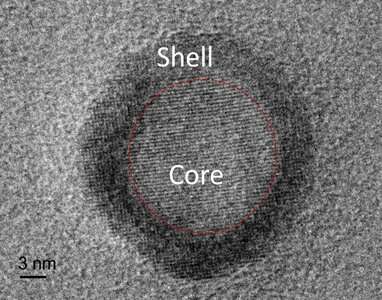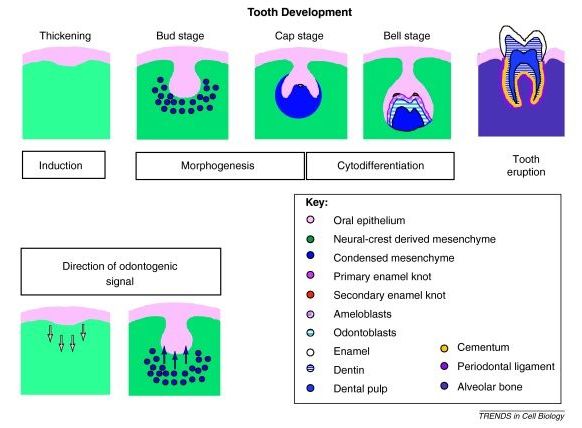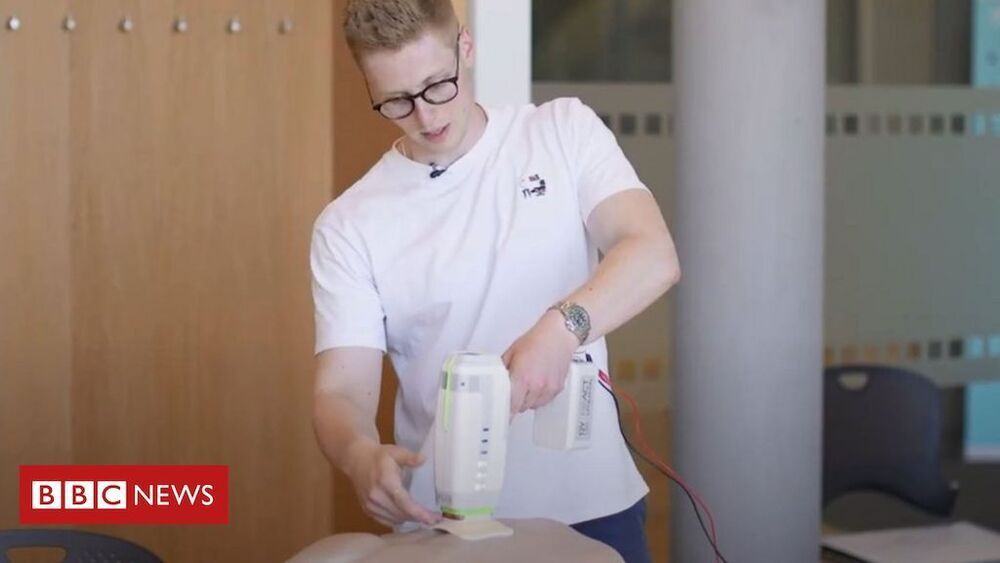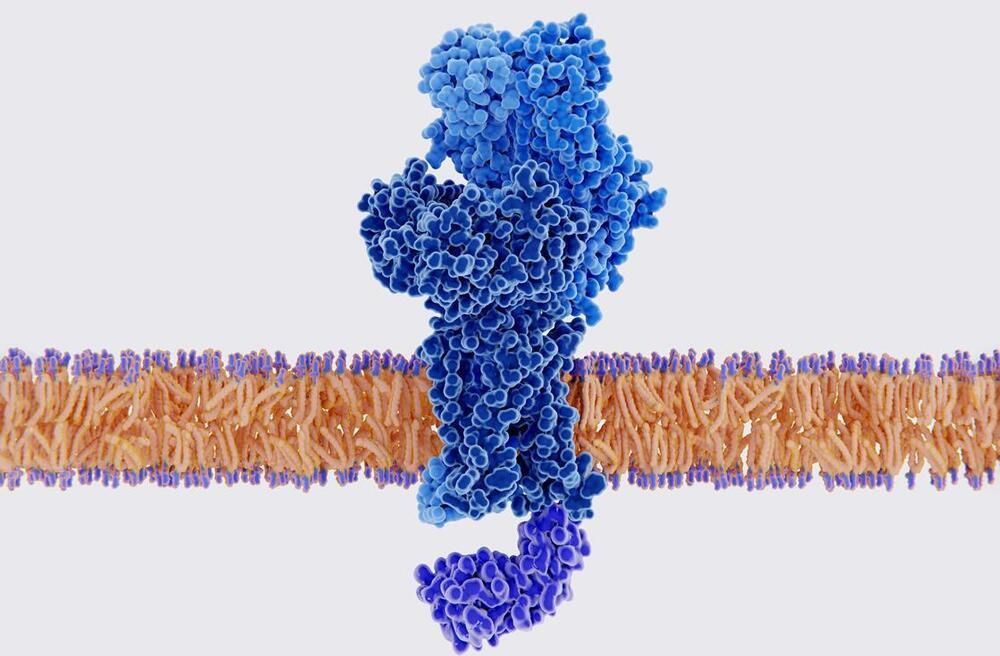Nuclear Pore Complexes and Genome Integrity — Dr. Veronica Rodriguez-Bravo Ph.D., Sidney Kimmel Cancer Center — Jefferson Health, Thomas Jefferson University.
Dr. Veronica Rodriguez-Bravo, PhD, is Assistant Professor, Department of Cancer Biology, at the Sidney Kimmel Cancer Center, Thomas Jefferson University, in Philadelphia, PA, USA. (https://sidneykimmelcancercenter.jeffersonhealth.org/)
Dr. Rodriguez-Bravo obtained her PhD in Pathology and Cell Biology (Summa Cum Laude) from the University of Barcelona in 2007, where she also received the Extraordinary Doctorate Award for her studies on the distinct DNA replication checkpoint mechanisms of tumor cells. During her postdoctoral training at the Experimental Oncology Department of the University Medical Center of Utrecht (UMC, The Netherlands) and at the Molecular and Cell Biology Programs of Memorial Sloan Kettering Cancer Center (MSKCC, New York), she specialized in the study of chromosome segregation during mitosis and the role of nuclear pores in genome integrity maintenance.
Dr. Rodriguez-Bravo’s post-doctoral work allowed her to apply genome-editing techniques crucial to dissect the function of mitotic and nuclear pore proteins in chromosomal stability and resulted in the recognition with the Memorial Sloan Kettering Cancer Center Postdoctoral Research Award.
Dr. Rodriguez-Bravo’s research focuses on the study of genome integrity maintenance mechanisms and the relationship of defects in cell division to cancer pathogenesis with special emphasis in the pathways contributing to cancer cells’ more aggressive phenotypes.
